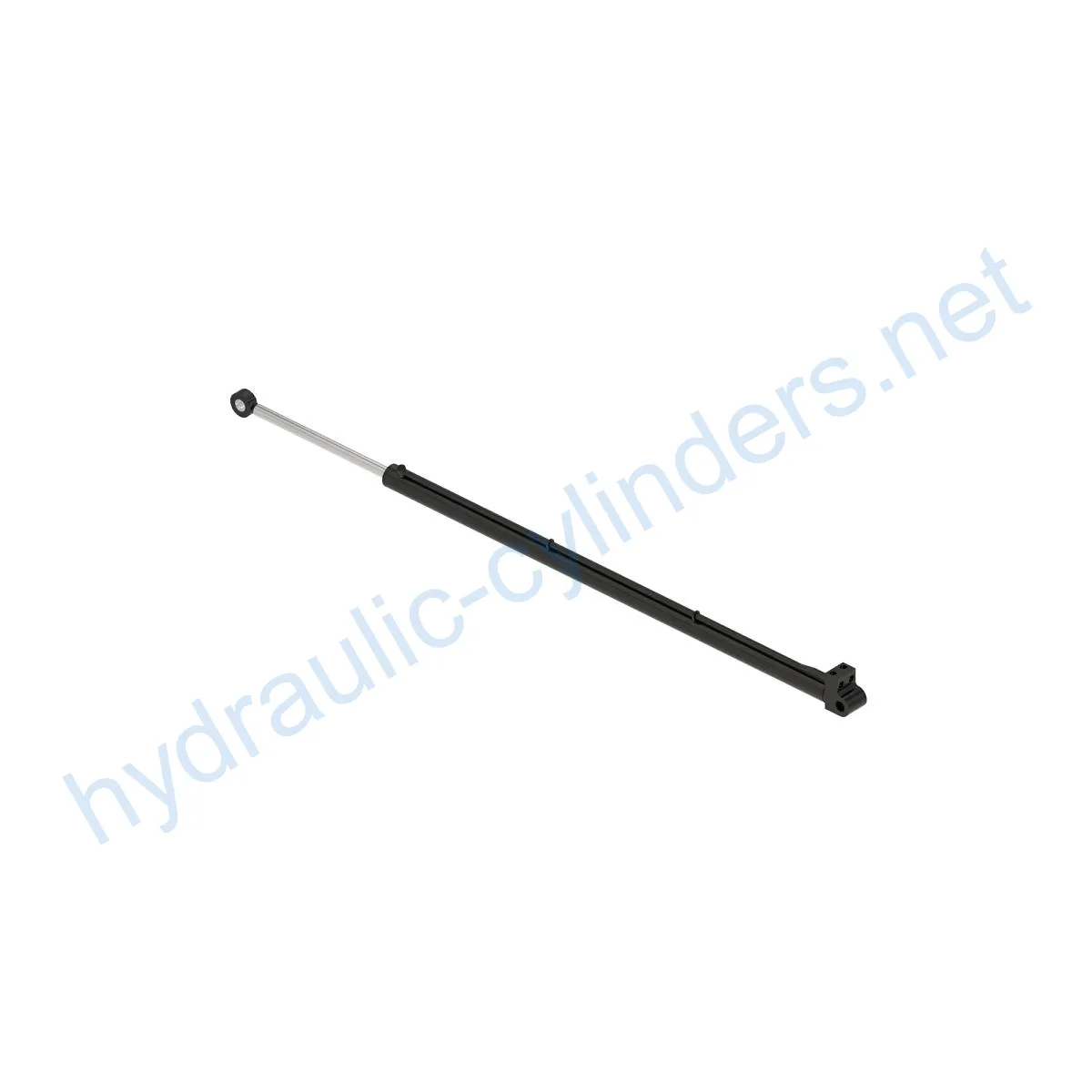Replacement Of F071135 Hydraulic Cylinder
As one of the hydraulic cylinders manufacturers, suppliers, and exporters of mechanical products, We offer hydraulic cylinders and many other products.
Please get in touch with us for details.
Mail:sales@hydraulic-cylinders.net
Manufacturer supplier exporter of hydraulic cylinders.
Replacement Of F071135 Hydraulic Cylinder
The Replacement Of F071135 Hydraulic Cylinder is a crucial component used in various hydraulic systems. It is designed to provide reliable and efficient performance, ensuring the smooth operation of equipment. With a weight of 65 lb, a height of 3 in, a width of 4.75 in, and a length of 71 in, this hydraulic cylinder is suitable for the following models: 1710D, 1711D, 1910E, 1910G, and CF8.
Product Definition and Function
The Replacement Of F071135 Hydraulic Cylinder is a vital part of hydraulic systems. It is responsible for converting hydraulic power into mechanical force, allowing the equipment to perform various tasks. By extending and retracting the piston rod, the hydraulic cylinder generates linear motion, enabling precise control and movement in machinery operations.
Product Specifications and Models
The Replacement Of F071135 Hydraulic Cylinder has the following specifications:
- Weight: 65 lb
- Height: 3 in
- Width: 4.75 in
- Length: 71 in
This hydraulic cylinder is compatible with the following machine models:
- 1710D
- 1711D
- 1910E
- 1910G
- CF8
Product Features
1. Performance Enhancement
Replacing damaged or worn hydraulic cylinders can restore the equipment’s normal operating capabilities, ensuring optimal performance in various applications.
2. Enhanced Safety
Regularly replacing hydraulic cylinders reduces safety hazards caused by cylinder failures, ensuring the safety of operators and equipment.
3. Overload Protection
New cylinder designs often incorporate better overload protection mechanisms, enhancing overall safety during equipment operation.
4. Quick Installation
Modern hydraulic cylinders are designed for easy installation and replacement, minimizing downtime and maximizing productivity.
5. Standardized Components
Many hydraulic cylinders are standardized products, making it easier to obtain replacement parts in the market.
Our Production Capabilities
We have the expertise and resources to manufacture the Replacement Of F071135 Hydraulic Cylinder to perfection. Our products are an ideal substitute for the hydraulic cylinders mentioned above, offering superior performance and reliability.
Applications of the Hydraulic Cylinder
The Replacement Of F071135 Hydraulic Cylinder finds various applications in different industries. Here are three examples:
1. Excavators
In excavators, the hydraulic cylinder is crucial for the arm or bucket. Continuous usage or overloading can lead to cylinder damage, requiring replacement to restore normal operation.
2. Cranes
The lifting arm hydraulic cylinder in cranes is prone to wear from frequent lifting and lowering. Regular replacement is necessary to ensure safety during operations.
3. Tractors
Tractors with front-end loaders may experience leaks or decreased performance in the hydraulic cylinder due to constant lifting and tilting operations. Replacement is necessary to maintain optimal functionality.
Maintenance Tasks
To ensure the longevity of the Replacement Of F071135 Hydraulic Cylinder, the following maintenance tasks should be performed:
1. Regular Inspection
Periodically inspect the hydraulic cylinder to identify any signs of wear, leaks, or damage.
2. Proper Lubrication
Ensure the hydraulic cylinder is properly lubricated with the recommended hydraulic oil to minimize friction and optimize performance.
3. Seal Replacement and Calibration Check
Regularly replace worn seals and perform calibration checks to maintain the cylinder’s sealing efficiency and accuracy of operation.
Safety Considerations and Environmental Factors
When using the Replacement Of F071135 Hydraulic Cylinder, it is important to follow safety measures to prevent accidents and ensure optimal performance. Safety precautions should be implemented to protect operators and equipment from potential harm. Additionally, considering environmental factors such as proper disposal of used hydraulic components is crucial to minimize environmental impact.
Fault Diagnosis and Common Issues
Identifying and diagnosing potential faults in the hydraulic cylinder is essential for efficient troubleshooting. Here are some common issues:
1. Leakage
One common problem is hydraulic fluid leakage, which can be caused by worn seals or damaged components.
2. Cylinder Misalignment
If the hydraulic cylinder is misaligned, it can cause uneven wear and poor performance. Proper alignment is necessary for optimal operation.
3. Insufficient Pressure
Inadequate hydraulic pressure can result from pump or valve malfunctions, leading to decreased cylinder performance. Thorough diagnosis is required to identify the root cause.
Troubleshooting and Preventive Measures
When encountering hydraulic cylinder issues, consider the following troubleshooting steps:
1. Leakage Resolution
Inspect and replace worn seals or damaged components to resolve hydraulic fluid leakage. Ensure proper installation and sealing techniques.
2. Cylinder Alignment
If misalignment is detected, realign the hydraulic cylinder according to the manufacturer’s guidelines to restore optimal performance.
3. Preventive Maintenance
Implement regular maintenance routines, including inspections, lubrication, and calibration checks, to prevent potential issues and prolong the lifespan of the hydraulic cylinder.

Product Design Considerations and Selection Criteria
When selecting a hydraulic cylinder, several design considerations and selection criteria should be taken into account:
1. Load-Bearing Capacity
The hydraulic cylinder should have the necessary load-bearing capacity to meet the requirements of the specific application.
2. Sealing Efficiency
Choosing hydraulic cylinders with effective sealing mechanisms, such as piston seals and rod seals made of durable materials like polyurethane or nitrile rubber, ensures optimal performance and minimizes leakage.
3. Durability and Safety
Hydraulic cylinders should be designed with durability and safety in mind, incorporating features such as finely treated cylinder bodies and threaded end surfaces to enhance wear resistance and ensure secure connections.
Sealing and Lubrication
Proper sealing and lubrication are crucial for the optimal functioning of the hydraulic cylinder. Using various sealing components like piston seals, rod seals, etc., made from wear-resistant materials ensures reliable sealing and longevity. Additionally, regular lubrication with the appropriate hydraulic oil helps minimize friction and extend the life of the cylinder.
Regular Inspection and Preventive Maintenance Measures
Regularly inspecting the hydraulic cylinder and implementing preventive maintenance measures can significantly improve its performance and lifespan. Proper installation, lubrication, and adjustment are essential during the installation process. Providing guidance
Take a Tour of Our VR Factory:
Take a tour of our VR factory with the following
Hydraulic Cylinder Application:


